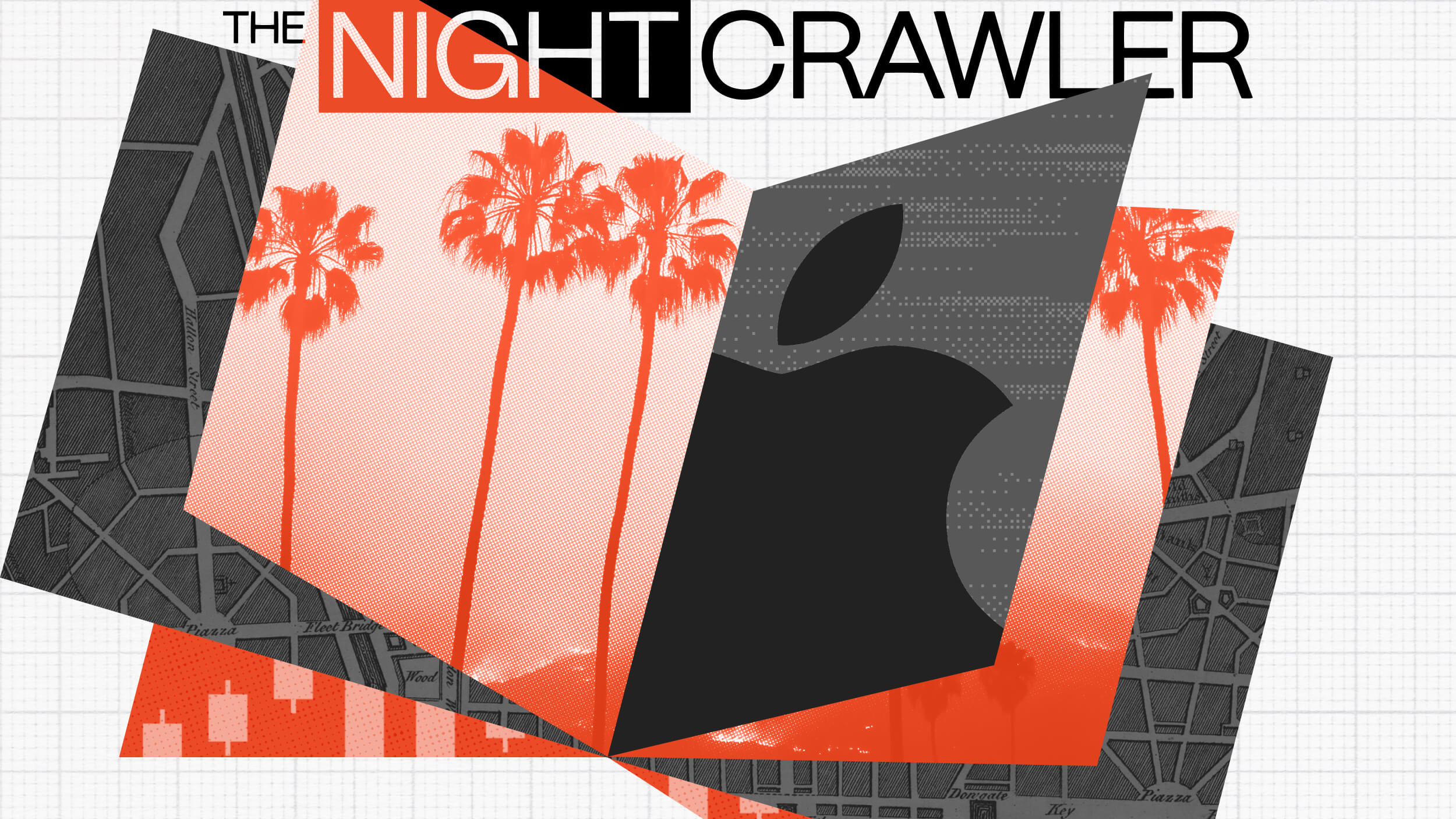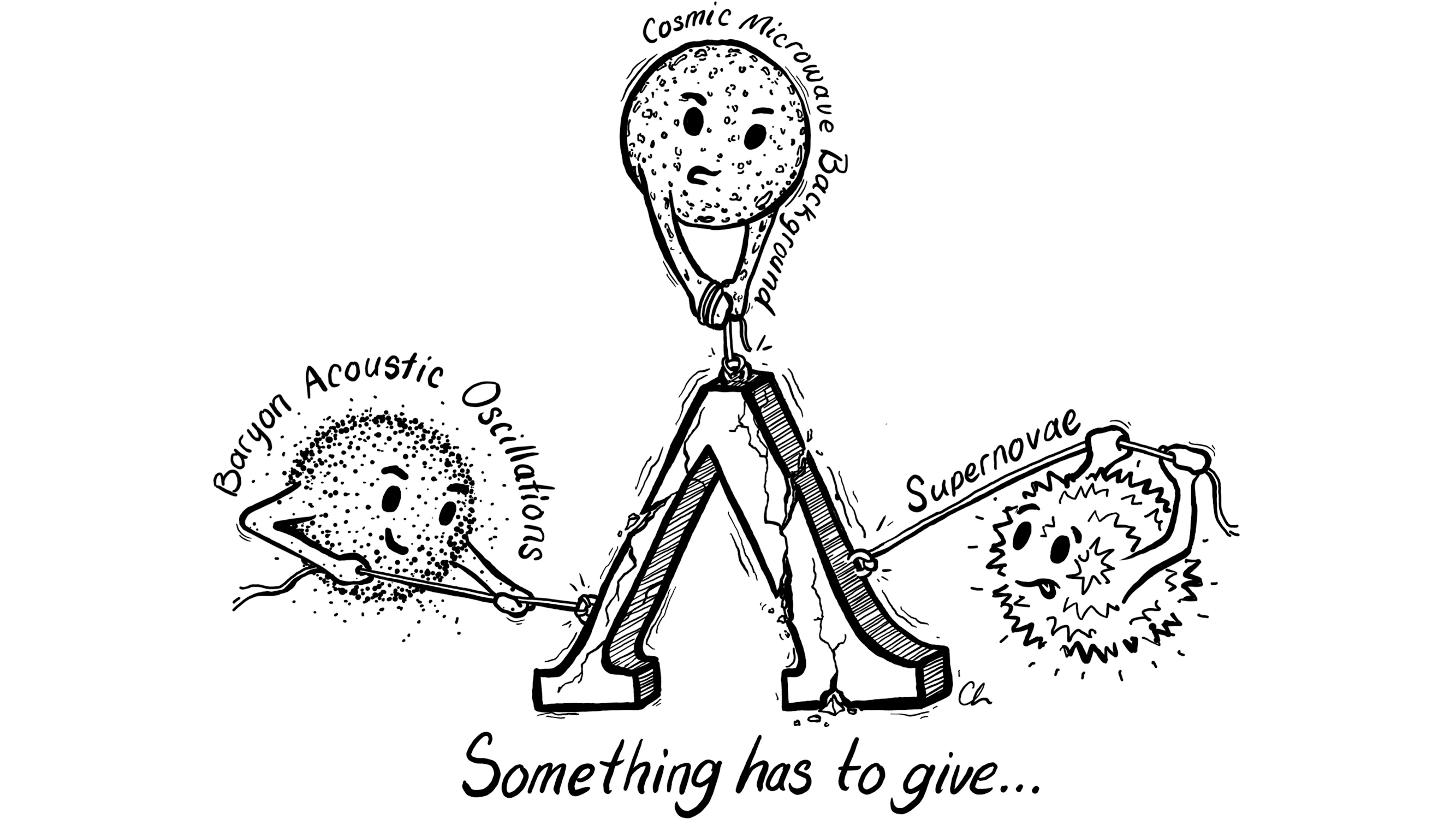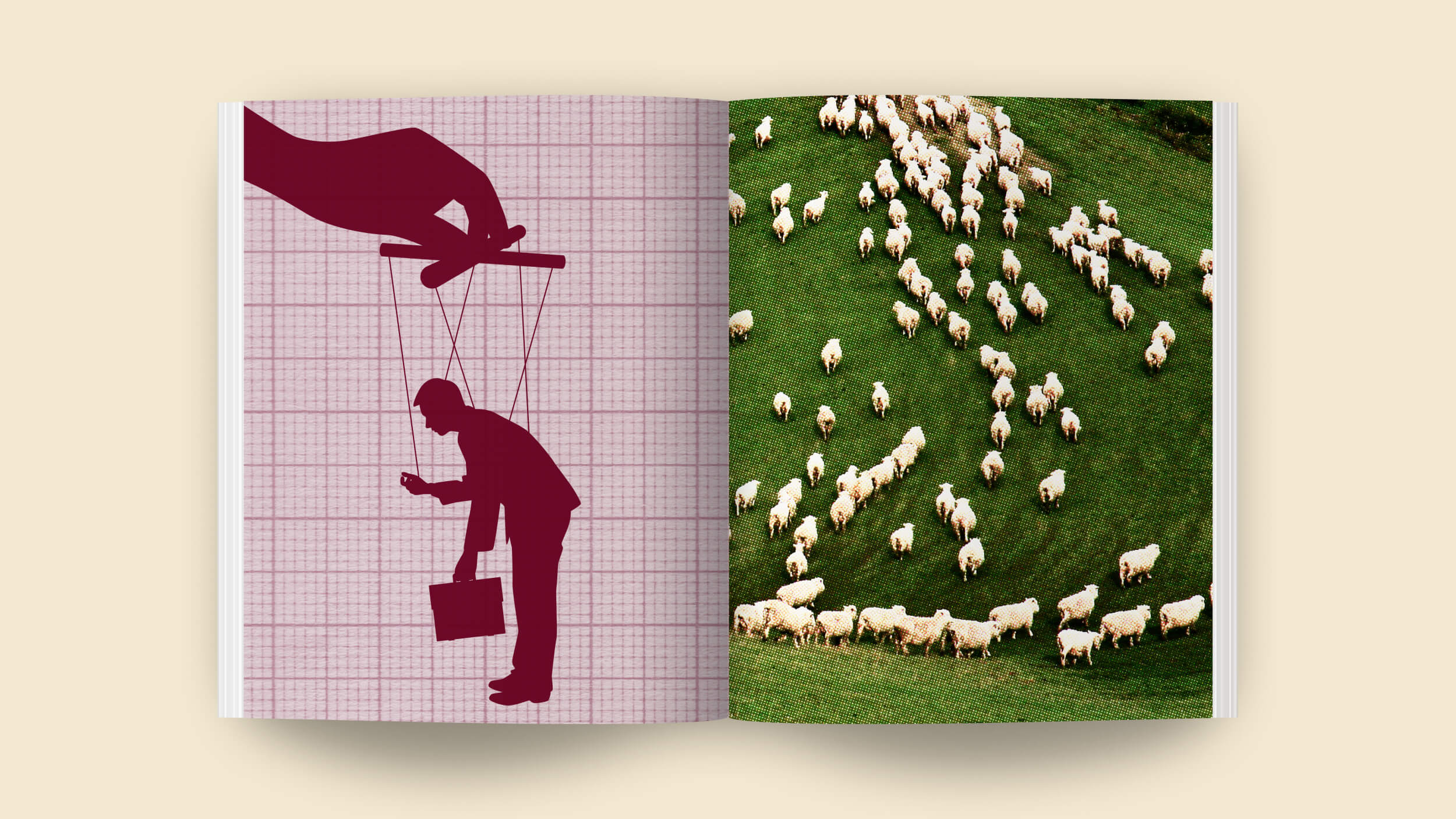People without a conscience don’t need to satisfy the drive to bond and can focus entirely on the drive to acquire, making them more likely to seek leadership positions.
Question: Are leaders more likely to be sociopaths?
Paul Lawrence: Well the question becomes you know, do these people without conscience, let’s call them PWOC’s is a rather shorthand way for that. Talking about them getting into leadership positions and they probably get into them out of all proportion to a percentage often population, we estimate they maybe 2% to 4% of the population are such people. And we think they get into the leadership positions maybe 8% or 10% of the time, but you know, any percent is a mess because they can wreak havoc in exploiting other people. They probably get there more than others because it’s the only thing they’re looking for in life. You know we got normal people have got a lot of things they’re trying to get in life. They’re trying to have healthy families and good relationships with friends and so forth. And if you’re aren’t paying any attention to that, you can probably get to a power position more readily, because you can be pretty cunning and pretty smart, and a lot of them are very charming. You know, they don’t come across, a lot of them, as evil, they come across as very charming people and they can worm their way into those spots and we have to be cautious.
A lot of history records the fact that such people have gotten into important positions. The whole Dark Ages was a period in which those people got into leadership positions in governments on a large-scale basis and there was a tremendous amount of warfare and suffering during those times. I think the whole Renaissance has been an effort to move away from that kind of leadership. I think the effort to put together the Constitution of the United States, which I discuss at some length in the book, was a effort to create a government that can protect itself against such kind of leadership. Making it... by balancing the power and not getting power concentrated in any one office is a way of avoiding that kind of leadership.
So it’s come up throughout history and that is thoroughly discussed and we see it not only, obviously, in business, we can name and do name prominent leaders in business who are highly suspect of having that feature.
But the point is, they do get into some of those roles and... For instance, take the scandal in Wall Street with the crash in the market and the resulting worldwide depression. I discussed that in a chapter which I come out with a fairly bold statement which is still not the way in which the government is defining what happened. There were a few, there didn’t have to be many, and they didn’t necessarily didn’t have to be all CEOs of the big banks who saw the opportunity to buy up subprime mortgages—which were really written without much interest in whether they recipient could repay them and so were subject to a lot of foreclosures—but the banks that wrote them knew they could instantly sell them to the Wall Street banks because they were collecting these mortgages wholesale so they could slice and dice them up into a sort of a mysterious packages and sell them as Triple-A bonds certified by the grading agencies, and collect 100% on the dollar for those bonds to people who were trustees of pension funds and endowments, and we sitting in responsibility to make those investments in bonds, by law they had to do it so those bonds looked pretty good to them. They didn’t realize that the bonds were probably... they were phony. They were really worth maybe only 50% of their face value at the moment they bought them. And that was the con, the absolute fraud that was pulled off. And we still don’t have a clear understanding by the public or even by the Department of Justice that that is what happened, and we should be prosecuting those people and getting the evidence out that will prove that those are criminal actions.
Question: What would we do if genetics could pinpoint someone as a psychopath?
Paul Lawrence: Well, obviously, that’s an extremely difficult question. It’s going to raise a lot of moral questions. What do we do with people that are positively identified by DNA of being psychopathic types? And these are characteristics that they didn’t ask for, they didn’t choose them, they were simply an accident of birth, yet nevertheless makes them a hazard to other people that they have to find some what to protect themselves from, somewhat to constrain people, so they can’t do things like Hitler did to so many people in the world.
Well, you know, I don’t have all the answers to that. I have thought about it, a lot of people thought about it. I think, you know, it is one possibility when you’re considering candidates for a powerful position and considering who is going to get a job, you can say, "Well, maybe we ought to test them and see that they get a license, so that they’re qualified," the way we do with people that are going to be airline pilots or the people that are going to be a number of professional roles like doctors and lawyers and so forth—they have to produce a test for being licensed for those roles. Well, if it’s a powerful role, we could say that part of the licensing process is to test your DNA to see whether or not you’re, you know, an innate psychopath because we do not want such people in such power positions. "You’ve got to go find something else to do in this world besides that because we cannot... we cannot trust you with that kind of power. "
As just one idea. I don’t say it’s the answer, I think we’ve got to think of a lot of ideas and put our minds to work on it.
Recorded on July 28, 2010
Interviewed by Max Miller





